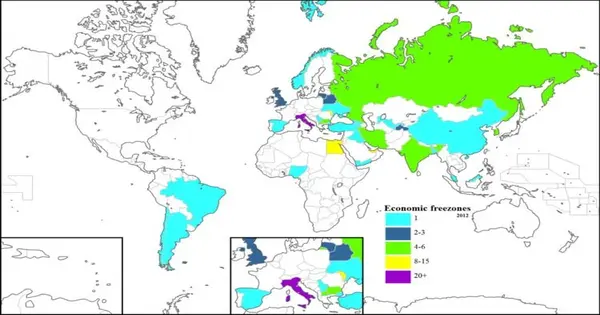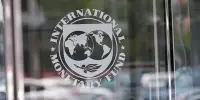Free economic zones (FEZ), free economic territories (FETs), or free zones (FZ) are a type of special economic zone (SEZ) authorized by several countries’ trade and commerce authorities. Special economic zones (SEZs) or free trade zones (FTZs) are defined areas inside a country having different business and trade rules than the rest of the country. Governments create these zones to foster economic growth, attract foreign investment, and enable international trade.
The word refers to locations where businesses are taxed relatively low or not at all in order to stimulate economic activity. Businesses who establish operations in FEZs are often offered a variety of incentives and perks. Each country has its own taxation regulations and levies. The World Trade Organization’s (WTO) Agreement on Subsidies and Countervailing Measures (SCM) contains provisions pertaining to the conditions and benefits of free zones.
Some special economic zones are referred to as free ports. Historically, they have been provided with favorable customs procedures, such as the free port of Trieste.
Definition
The definition should be grasped in its entirety. The International Convention on the Simplification and Harmonization of Customs Procedures (Revised Kyoto Convention) defines “free zones” as “a part of a Contracting Party’s territory where any goods introduced are generally regarded, in terms of import duties and taxes, as being outside the customs territory.”
Here are some key characteristics and benefits of free economic zones:
- Tax Incentives: FEZs frequently offer tax breaks such as lower or no corporate income tax, customs taxes, and value-added tax (VAT). These tax advantages are intended to entice both domestic and international investment.
- Customs Benefits: Businesses that operate within FEZs may benefit from streamlined customs procedures, allowing for faster and more efficient movement of products into and out of the zone. This has the potential to lower logistics costs and streamline international trade.
- Regulatory Flexibility: In comparison to the rest of the country, FEZs often have more flexible regulatory regimes. This flexibility can include flexible labor regulations, streamlined administrative procedures, and less bureaucratic roadblocks.
- Infrastructure Development: To promote business activity, governments frequently invest in infrastructure development within FEZs, such as transportation networks, utilities, and communication facilities.
- Foreign Investment: FEZs are often seen as attractive locations for foreign direct investment (FDI) due to the favorable business conditions and access to international markets.
- Technology Transfer: In some cases, FEZs encourage technology transfer by requiring companies to collaborate with local universities and research institutions, fostering innovation and knowledge-sharing.
- Diversification: FEZs can help with economic diversification by attracting a variety of industries, and reducing a country’s reliance on a particular sector.
A free economic zone’s success is determined by elements such as its location, infrastructure, government regulations, and ease of doing business. The Dubai International Financial Centre (DIFC) in the United Arab Emirates, the Shenzhen Special Economic Zone in China, and the Shannon Free Zone in Ireland are all examples of well-known free economic zones. These zones have played important roles in their respective regions’ economic development.














